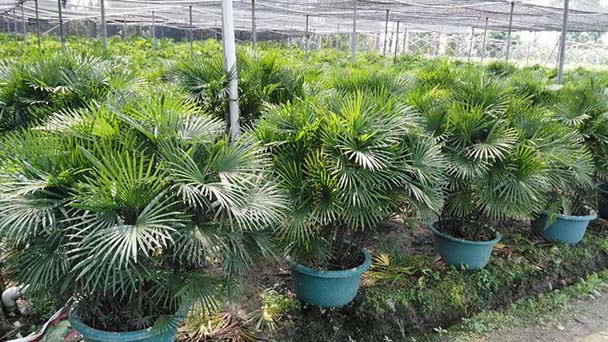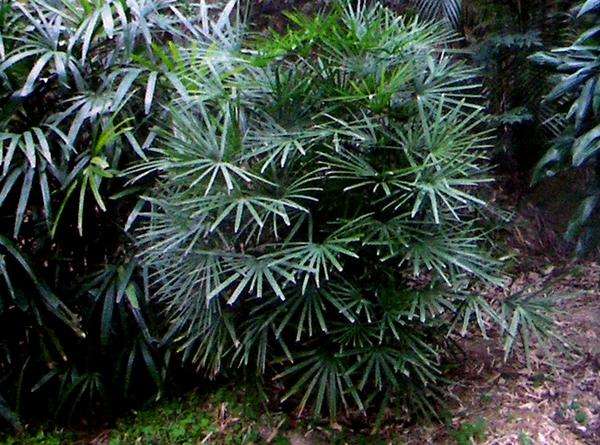How to grow Rhapis multifida Burret
Written by Maggie
Nov 19 2020

Rhapis Multifida Burret is grown in loose, breathable and well drained slightly acidic organic sandy soil in a warm, cool and airy environment. Give the plant plenty of light, water and fertilizer during growth. Shade well in summer, move plants indoors in winter, keep the temperature above 16 degrees and control fertilization.
Rhapis Multifida Burret picture

Rhapis Multifida Burret breeding methods and cautions
Rhapis Multifida Burret does not strict to the soil condition, but it is more suitable for planting with loose, breathable and well-drained slightly acidic organic sandy soil. The soil contains a certain amount of humus, which is rich in nutrients and suitable for plant root growth. The soil is slightly acidic and can be properly irrigated with rice washing water. Long-term irrigation with tap water will alkalize the soil and agglomerate the soil, which is not conducive to plant growth.
Rhapis Multifida Burret is somewhat cold tolerant, but cannot be kept at low temperatures for long periods. In winter, it should be placed in the indoor warm and ventilated position, to ensure the growth temperature of the plant at about 16 degrees, and the overwintering temperature at more than 5 degrees. rhapis multifida Burret reduces watering times in winter and increases watering times in summer. It needs a proper amount of water during growth.

Rhapis Multifida Burret is light - tolerant, suitable for warm, cool and ventilated environments. Plants are afraid of the sun, in the summer they need shade. The hot sun under the plant will be burned. Winter light is weak, and we can move the plant to the outdoor appropriate supplement care. Plants need light and cannot grow in a cool environment for a long time. Otherwise, the leaves will turn yellow, which will easily induce pests and diseases.
Summer and autumn are the growth periods of Rhapis Multifida Burret, and the plant growth is relatively vigorous, requiring adequate fertilizer. Generally 15 days to 20 days between one fertilizer, spring and winter plant fertilizer demand is less, and fertilizing can be 30 days to 40 day. Neither too much nor too little fertilizer should be applied, otherwise it will affect root growth and make the leaves turn yellow.

Latest Updated
- Benefits of Bugleweed - 7 Science-backed Health Benefits
- Bugleweed Dangers & Side Effects - Is It Poisonous?
- How to Plant Evergreen Trees - What You Should Know
- When to Plant Evergreens - Grow Guide for Evergreen Trees
- 12 Wonderful Evergreen Shrubs for Your Garden
- 12 Popular Evergreen Plants with Pictures for Beginners
- When And How To Prune A Lilac Bush Like a Pro
- How to Grow & Care for Lilac Vine (Hardenbergia Violacea)
- Japanese Lilac Tree (Syringa Reticulata) Care & Propagation Guide
- Shumard Oak Pros and Cons - What to Know
Popular Articles
- Winter maintenance of Antirrhinum Majus
- How to Grow Terminalia Mantaly Tree
- How to Grow and Care for Crossostephium Chinense
- How to grow Antirrhinum Majus in spring
- Peristeria Elata (Dove Orchid) Profile: Info & Care Guide
- Underwatered Snake Plant (Sansevieria Trifasciata) - Signs And How To Fix
- How to Care for Brazilian Jasmine Plant (Mandevilla Sanderi)
- How to Grow & Care for Graptopetalum Purple Delight in Summer
- Rosa Chinensis (China Rose): Plant Growing & Care Tips
- How to Care for Baby Sun Rose (Aptenia Cordifolia)